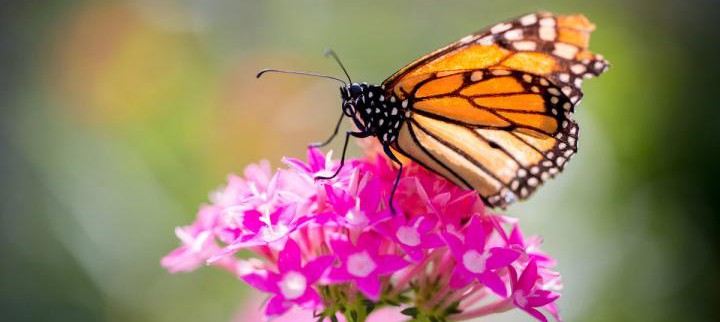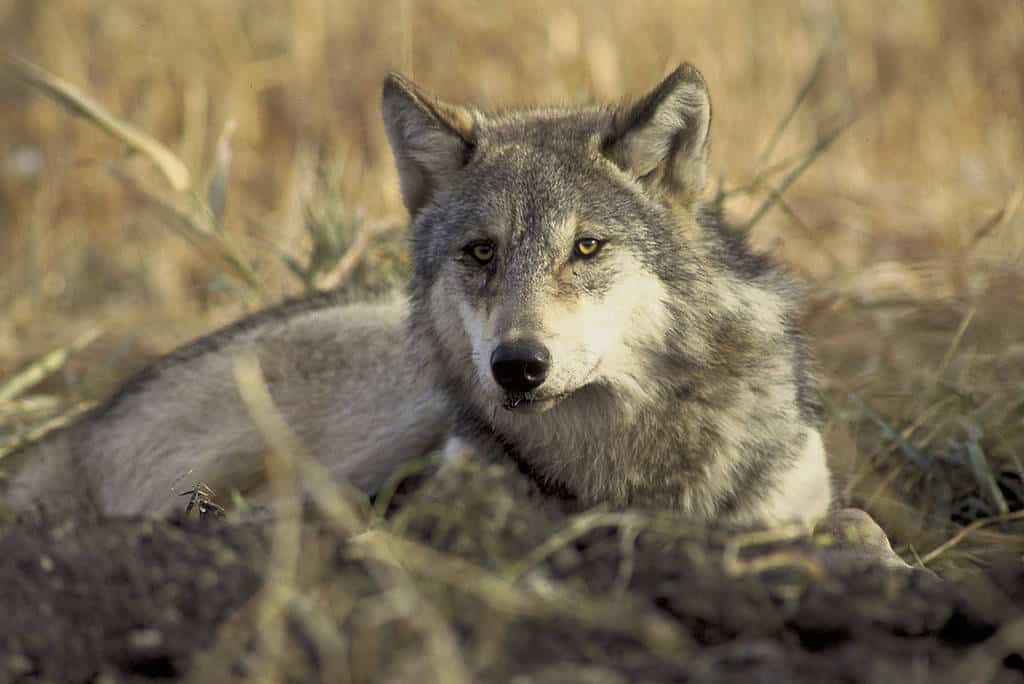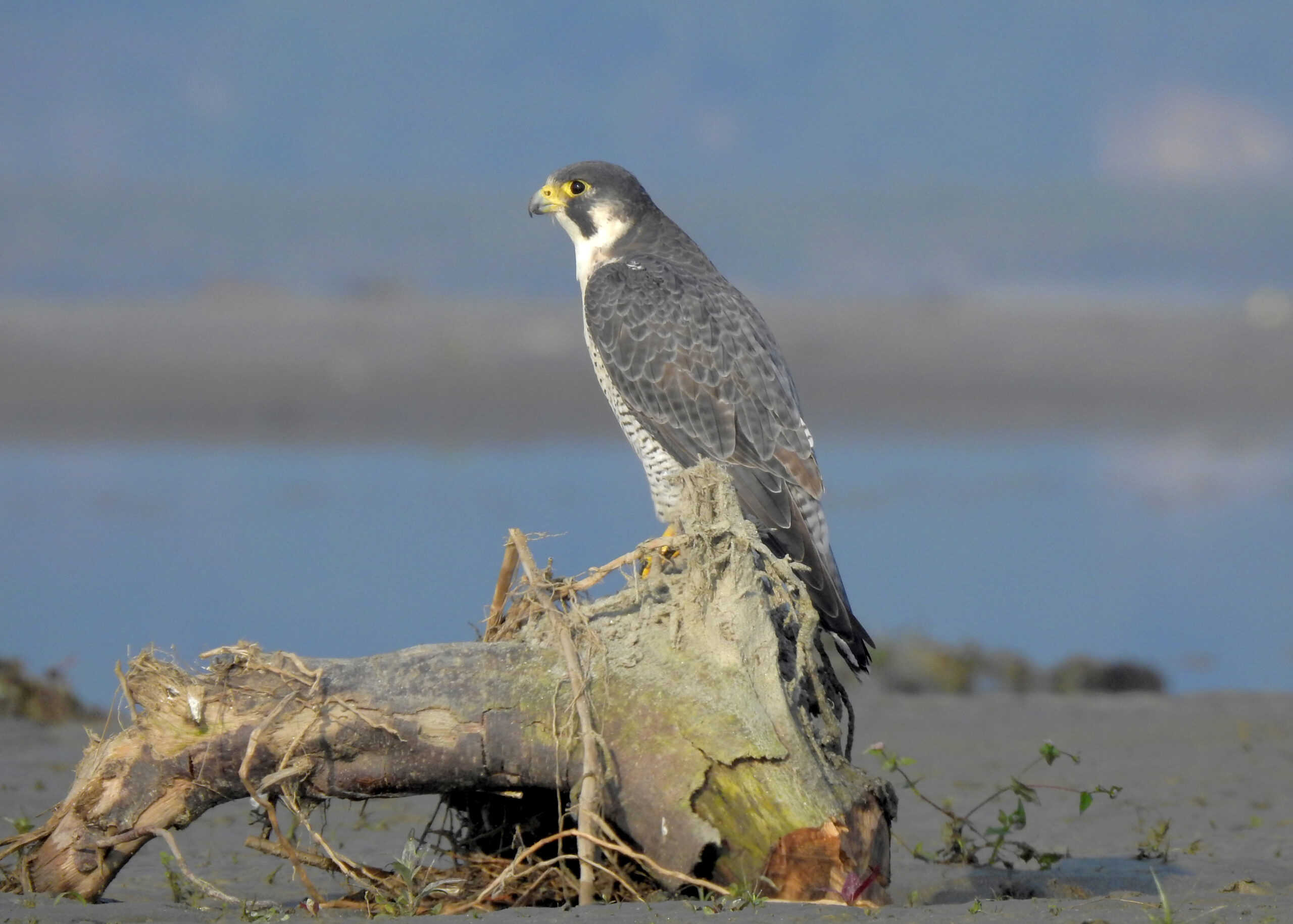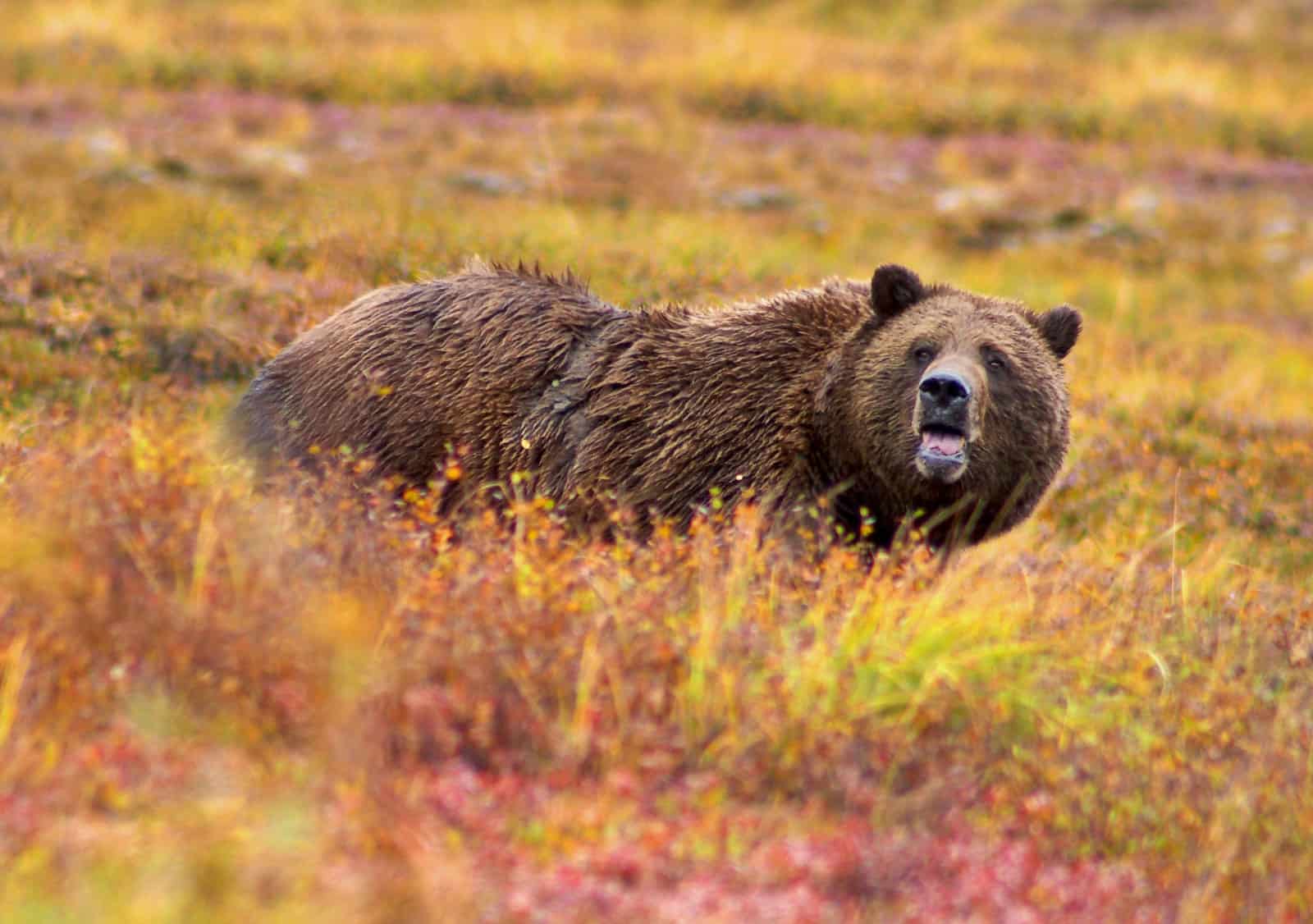Share this article
Milkweed, not migration, is behind monarch loss, study says
Butterfly researchers agree that the disappearance of milkweed in North America has harmed monarch butterflies. Monarchs rely on the plant as a host for their caterpillars. But while some scientists have pointed to mortality during monarchs’ fall migration to Mexico as the main factor for their steep population decline, new research contradicts that.
“When the hypothesis came along, we thought the data doesn’t support that,” said Chip Taylor, director of Monarch Watch, a volunteer-based citizen science organization that tracks the monarchs’ fall migration. “We knew we would have to figure out how to show that.”
His team’s research concluded that the loss of milkweed, not migration, is primarily responsible for the monarch’s decline.
Milkweed disappeared rapidly in the late 1990s after farmers started planting herbicide-tolerant crops in the Upper Midwest, where studies have shown that more monarchs were produced per acre than in other habitats. Researchers pointed to the monarch’s sharp decline as being linked to the loss of the plant.
Other scientists, however, looked at summer and winter population numbers and concluded that mortality during the fall migration — due to extreme weather, loss of nectar plants and disease — was the main reason for their decline.
To dispute that claim, Taylor turned to Monarch Watch’s data. Since 1992, the group has been involved in tagging over 2 million monarch butterflies (Danaus plexippus) to help biologists understand their long migration.
In the study published in Frontiers in Ecology and Evolution, Taylor and his team reviewed tagging data involving 1.4 million records with nearly 14,000 recoveries from 1998 to 2015. These data were used to establish where monarchs overwintering in Mexico began their migration, to compare summer and winter population sizes and to determine if recoveries of tagged monarchs had increased or decreased over time.
The number of monarchs tagged each year correlated with the size of the overwintering population in Mexico, they found, suggesting that monarchs weren’t declining along their migration. They also found the number of monarchs tagged and recovered each year didn’t decrease — something Taylor said he would expect if the butterflies were dying during their migration. Further, his team found most monarchs reaching Mexico originated from the Upper Midwest, where milkweed loss was greatest.
“The declines are happening because there’s less milkweed, and habitat quality is down,” Taylor said.
Some monarch researchers have taken issue with the latest study, saying it doesn’t take into account other factors that may also play a role in monarch declines, including weather and disease.
“Like all studies, this new one has its limitations, some of which are acknowledged in the paper,” said Anurag Agrawal, professor of environmental studies at Cornell University, in a Cornell article.
“For example, inferences are derived only from butterflies that die and are found in the Mexican forests while overwintering. It is easy to imagine that the subset of butterflies that die in Mexico have a very different story to tell than those that survive,” Agrawal said.
Taylor says he’s seen no indication that migration mortality can account for the decline in monarch numbers.
The evidence points to loss of habitat, he said, particularly in the Upper Midwest. Taking a Google Street View tour down highways in the region, a viewer could travel for miles through the region without seeing milkweed, he said. For monarchs, it’s like traveling along a highway without any gas stations or rest stops.
“There are huge gaps between clumps of milkweed here and there, which presents a problem for any butterfly that has to move from one place to another,” said Taylor, who created a Monarch Waystation program with colleagues to provide butterfly habitat along U.S. roadways.
“If you evoke the migration mortality hypothesis, it takes the pedal off of habitat restoration,” he said.
Header Image:
A monarch butterfly is photographed during a tagging event for Monarch Watch. Using tagging data, researchers concluded that monarch decline is most likely due to milkweed loss.
Credit: University of Kansas Marketing Communications








